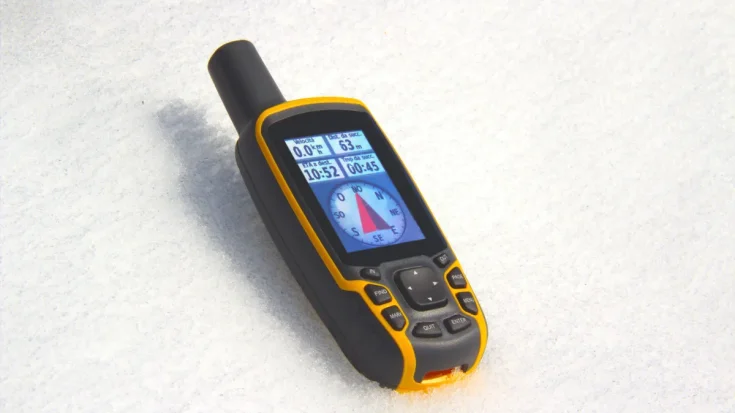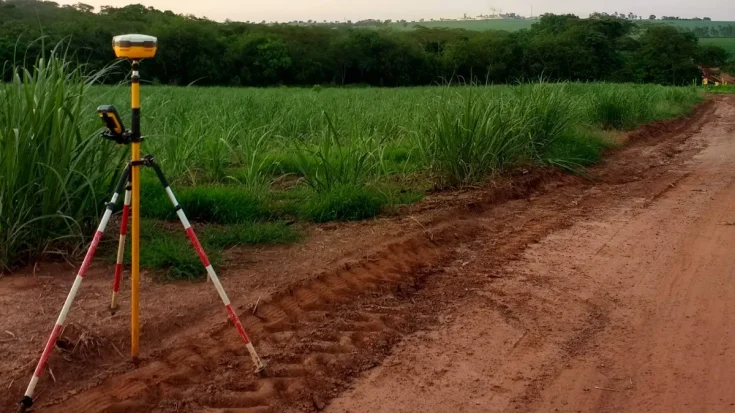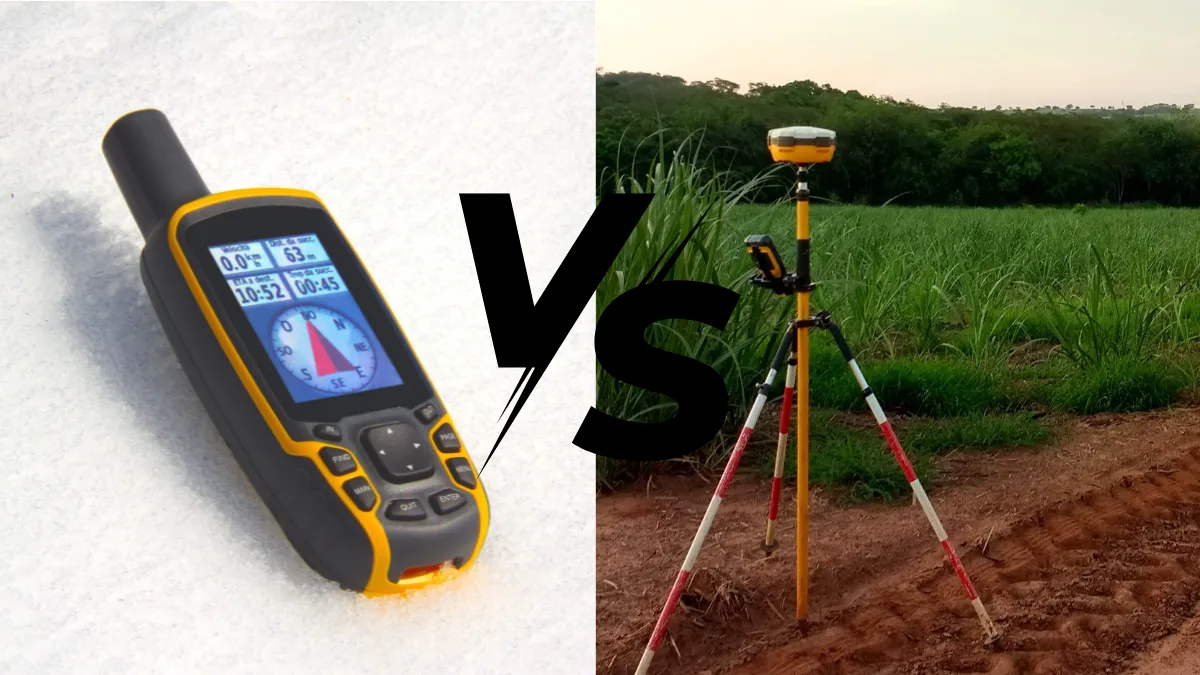Equally used as a navigating system, many are still unaware that there is a difference between handheld GPS and geodetic GPS.
The difference between handheld GPS and geodetic GPS machines is in some aspects, although both are used using satellite signals to determine location.
This article will inform you of the difference between handheld GPS and geodetic GPS for you to consider before determining the right device for the navigating system.
Also Read
Table of Contents
The Handheld GPS

Handheld GPS (Global Positioning System) is a handheld navigation device designed for portable use. It does not require an internet or cellular signal to operate. Handled GPS works by receiving signals from satellites to determine the user’s position in real-time.
With its ability to function independently even in areas with no network, this device is useful for mountain climbers, forest explorers, sailors, and even SAR (Search and Rescue) teams.
The Geodetic GPS

Geodetic GPS (Global Positioning System) is a position monitoring system that also uses satellite signals to determine the location of a point on the earth’s surface to the centimeter or military level. This tool is essential in applications that require high precision such as land surveying, geospatial mapping, construction, mining, and scientific research.
The Difference between Handheld GPS and Geodetic GPS

Although both use satellite signals to determine location, handheld GPS and geodetic GPS have different purposes and specifications. Here are some of the difference between handheld GPS and geodetic GPS:
1. Accuracy
Handheld GPS: Has a lower accuracy, usually only in the range of meters.
Geodetic GPS: Has very high accuracy, reaching up to centimeters or even millimeters.
2. Application
Handheld GPS: Used as a personal navigation tool, for outdoor activities, hiking, or search and rescue.
Geodetical GPS: Used in surveying, mapping, construction, geodesy, and other fields that require high precision.
3. Features
Handheld GPS: Has features such as a digital compass, biometric altimeter, topographic map, track log, waypoints, and interactive SOS.
Geodetical GPS: Features such as high-precision measurement and data synchronization.
4. Portability
Handheld GPS: Lightweight and easy to carry.
Geodetical GPS: Larger in size and more complex.
5. Price
Handheld GPS: Has a more affordable price compared to geodetical GPS.
Geodetical GPS: This has a higher cost compared to handheld GPS.
Here are the differences in a nutshell:
| Aspect | Handheld GPS | Geodetic GPS |
| Accuracy | Only in the range of meters | Reaching up to centimeters or even millimeters |
| Usage | General (outdoor or recreational) | Professional (land surveying, construction, and geodesy) |
| Features | Digital compass, biometric altimeter, topographic map, track log, waypoints, interactive SOS | High precision measurement and data synchronization |
| Portability | Lightweight, easy to carry | Larger and complex |
| Price | Affordable for general use | Expensive, as it is used for technical projects |
That’s the difference between handheld GPS and geodetic GPS that can be your consideration in choosing according to your personal needs.
If you need just general navigation with a bundle of features, easy to carry, and affordable price, handheld GPS is the right choice. However, if you have professional needs for land surveying, construction, and geodesy, then using a geodetic GPS is perfect.












